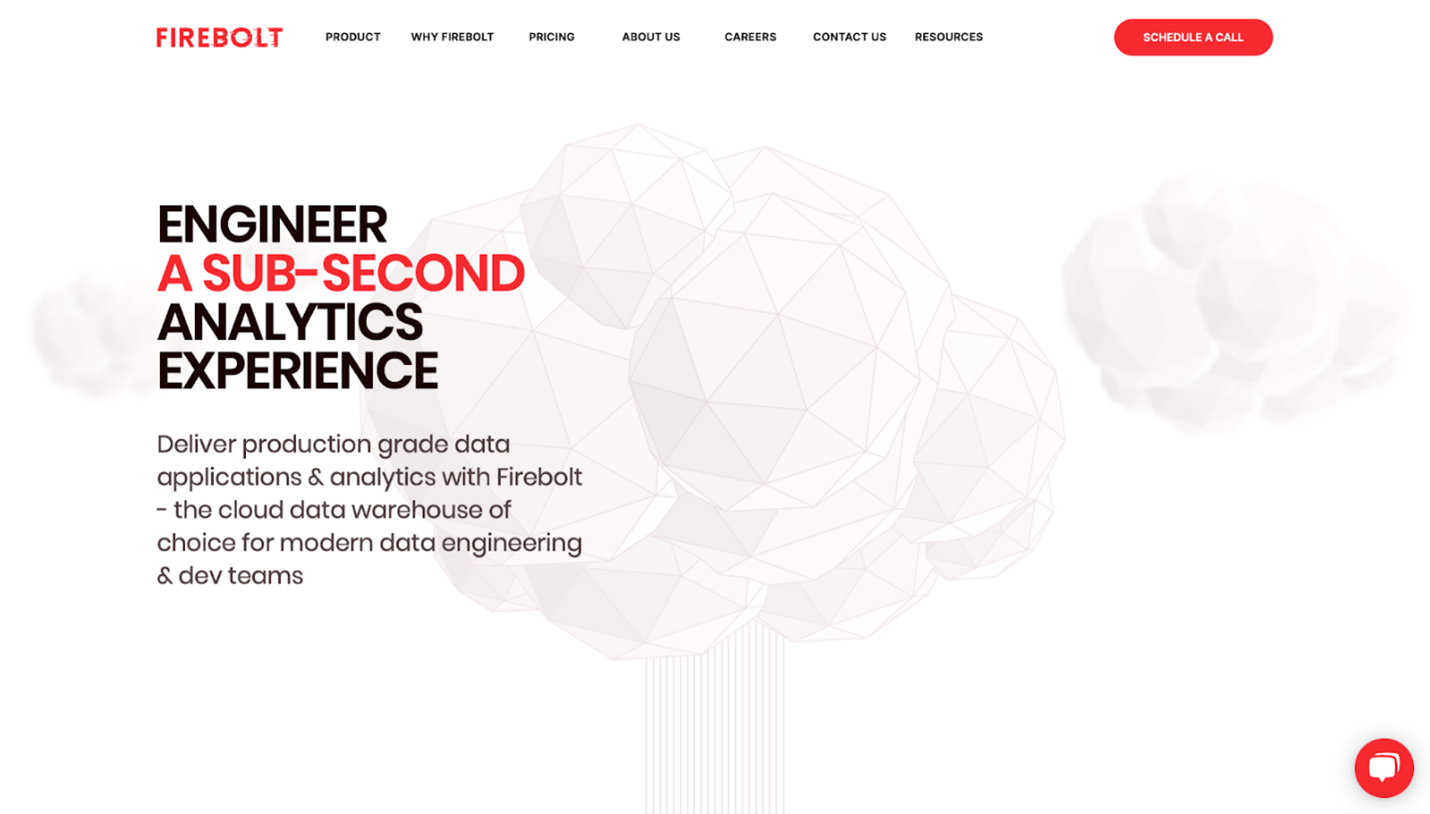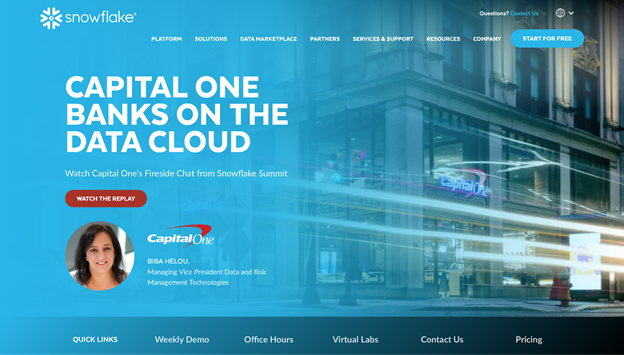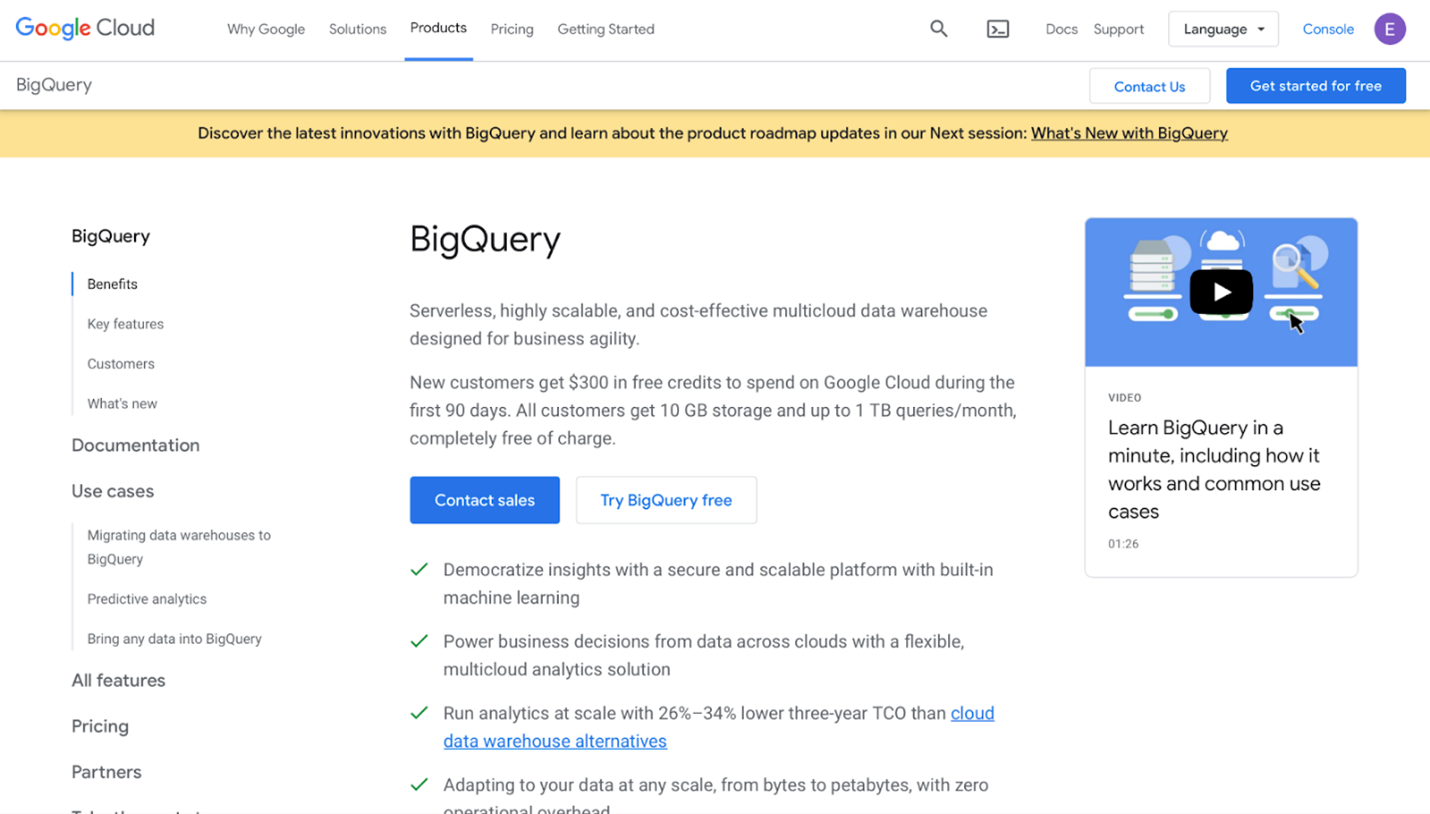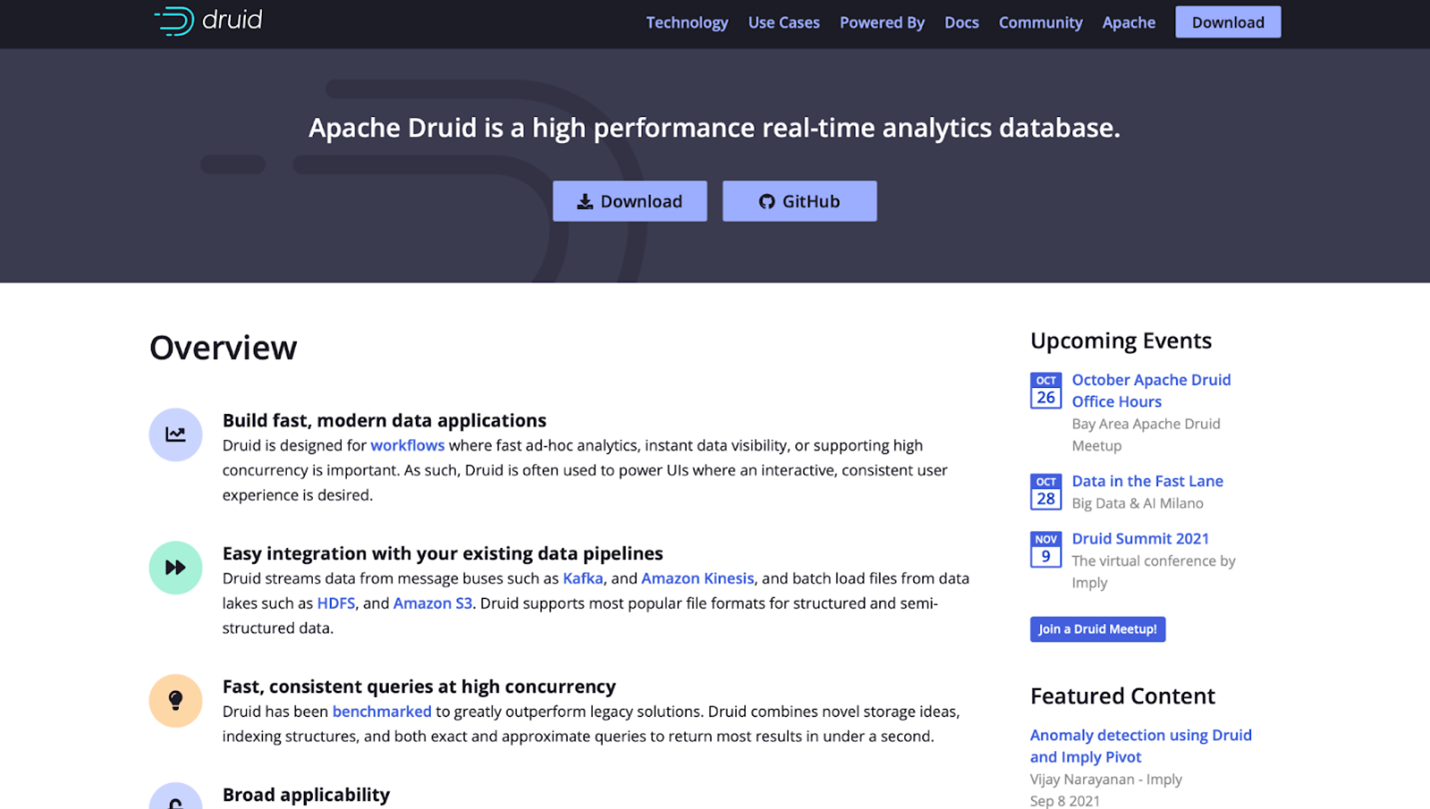Top 5 Interactive Analytics App-Building Tools
An interactive analytics application allows users to run complex queries across complex data landscapes in real-time. The application uses the analytical abilities of business intelligence technology. As a result, it presents a huge volume of unstructured data through a graphical or programmatic interface. And this is how it provides quick insight. Furthermore, by adjusting input variables through the interface, you can adjust and modify this insight. These apps display large amounts of unstructured data at scale to deliver immediate insights.
Why should you use an interactive analytics app?
Any organization needs data to make many decisions. The amount of data available is growing continuously. Thus, getting the most in-depth insights about their company activities needs technical tools. Moreover, it requires analysts and data scientists to examine and get insight from massive data sets. Interactive analytics apps make it simple. They allow you to produce reports from massive unstructured data collections.
There are a plethora of technologies available right now. These can aid the development of interactive analytics applications. We’ll look at the top five in this article.
Top 5 app development tools for interactive analytics
#1. Firebolt

It delivers production-grade data applications and analytics. That way, Firebolt enables engineers to create a sub-second analytics experience. It is designed for flexible elasticity. Moreover, one can easily scale it up or down in response to an application’s workload. And that you can do with just a click or the execution of a command.
Due to its decoupled storage and computational architecture, it is scalable. One can use Firebolt programmatically via REST API, JDBC, and SDKs, making it simple to use. Additionally, Firebolt is faster than other popular tools for creating interactive analytics apps.
Firebolt also makes common data difficulties simple to handle at a low cost — $1.54/hour (Engine:1 x c5d.4xlarge). Slow queries and regularly changing schema are some of these challenges.
#2. Snowflake

This one strikes the ideal balance between cloud and data warehousing. However, Snowflake is best when data warehouses, such as Teradata and Oracle become expensive for their consumers. Snowflake is also simple to use. The normal complexity of data warehouses like Teradata and Oracle is hidden from users.
Additionally, it is more secure, adaptable, and requires less management than traditional warehouses. Snowflake is a management platform that allows users to merge, integrate, analyze, and distribute previously-stored data at scale and with high concurrency.
It offers a “pay for what you use” service. However, it does not specify a price; instead, the website emphasizes the “start for free” option.
#3. Google BigQuery

It is a multi-cloud data warehouse that is both serverless and cost-effective. It is extremely scalable since it aims for business agility. During the first 90 days, Google BigQuery gives new clients $300 in free credits. Then it goes even further by providing free 10 GB of storage and up to 1 TB of queries per month to all its customers.
Users can receive insights into predictive and real-time data. It is all thanks to the built-in machine learning. Default and customer-managed encryption keys protect data saved on Google BigQuery. Moreover, it allows you to share any business intelligence insight obtained with your team with just a few clicks.
Google BigQuery also claims to have a service level agreement (SLA) of 99.99 percent uptime. It provides a “pay as you go” service.
#4. Druid

This one is an Apache real-time analytics database. It’s a high-performance database built to support the development of modern data applications. Druid was built from the ground up to accommodate processes that require quick ad-hoc analytics, concurrency, and rapid data visibility.
It’s simple to integrate with existing data pipelines. Also, it can stream data from popular message buses like Amazon Kinesis and Kafka. Additionally, it can load files in packs from data lakes, such as Amazon S3 and HDFS. Druid runs smoothly on all public, private, and hybrid clouds. It employs indexing structures and precise, approximate queries. Moreover, it uses indexing structures to retrieve the most results faster.
Druid has no starting cost.
#5. Amazon Redshift

It is a popular data warehouse that is quick and easy to use. Amazon Redshift is a cost-effective, fully managed and scalable data warehouse service. It helps you analyze all your data using existing business intelligence tools. Moreover, it integrates seamlessly with the most common business intelligence products. For example, Microsoft PowerBI, Tableau, and Amazon QuickSight.
It’s optimized for datasets that could range from a few hundred gigabytes to more than a petabyte. Also, it costs less than $1,000 per terabyte per year, just like the other data warehouses on the list. When compared to traditional data warehouses, this is a great deal. Amazon Redshift ML can also construct, train, and deploy Amazon SageMaker ML automatically. Thus, with Amazon Redshift’s functionality, you can also get real-time operational insights.
Conclusion
Organizations must develop interactive analytics tools to gain immediate knowledge that will aid their operations. Interactive analysis apps operate best with data that is easily available and consolidated in a data warehouse. Thus, analysis tools that make constructing applications simple, effective, and efficient are required.
The tools described in this article, including Firebolt, Snowflake, Amazon Redshift, Google BigQuery, and Apache Druid, are ideal for this purpose. Therefore, if you’re creating an interactive analysis app, choose one that best fits your demands in terms of efficiency, cost, and scalability, and start with it.




